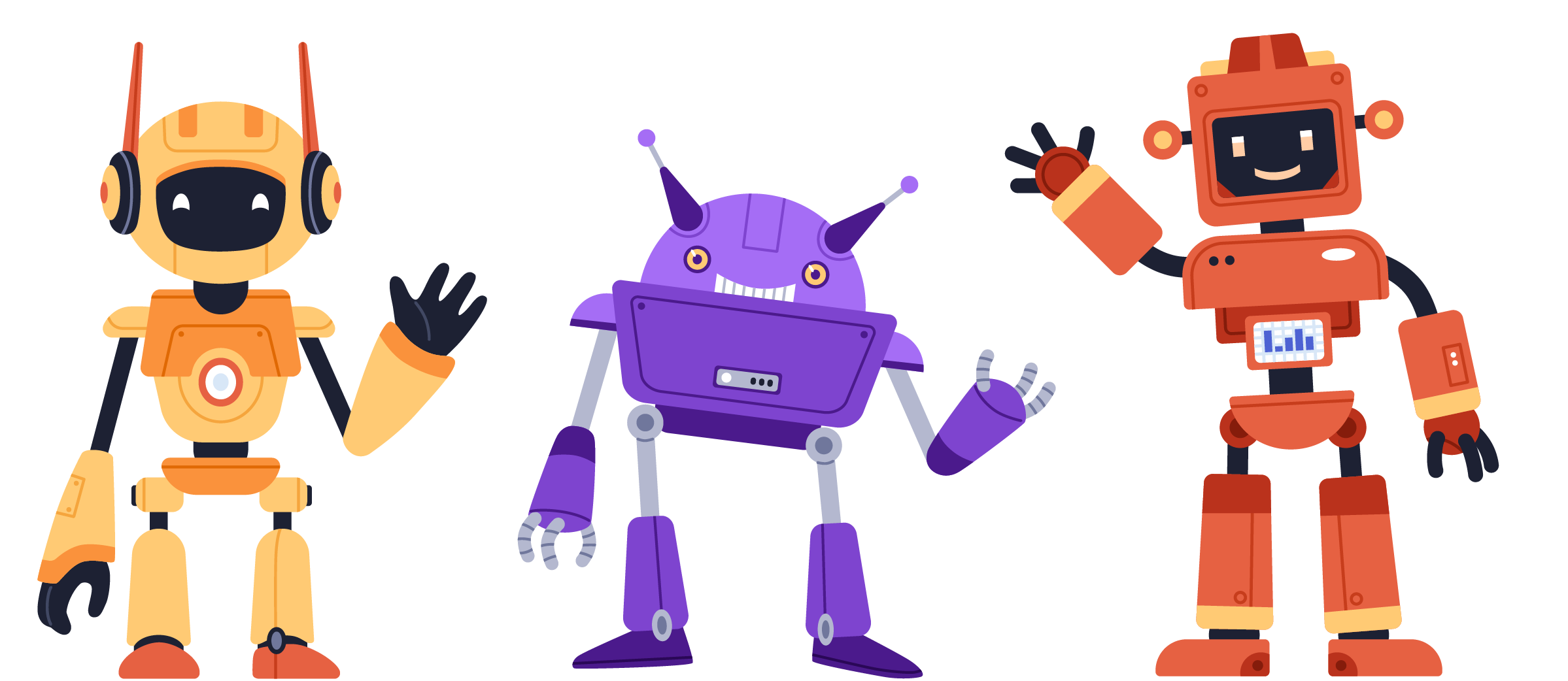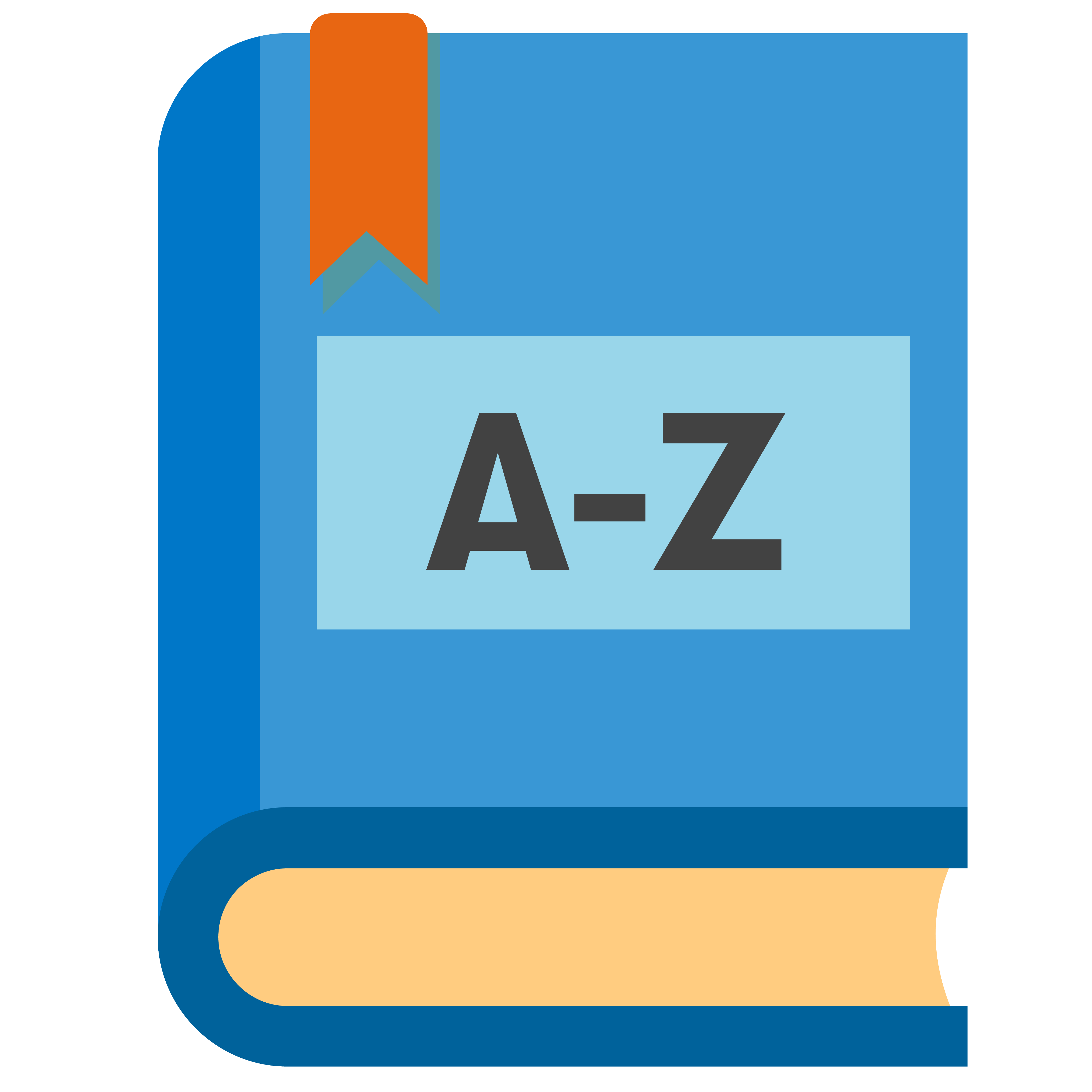Social Robots Lab

| Grades: 1-12 |
| Duration: 45 minutes |
|
Available Times: 10 a.m., 11 a.m., 12 p.m. on school field trip operating days *Start and end times may be flexible. Please speak to the Group Reservations specialist when booking. |
| Concepts/Skills: Circuits, debugging, algorithms, problem solving, computational thinking |
Junior robotics engineers work as a team to "debug" a non-functioning robot and create an algorithm to to help others with troubleshooting.
Lab Guide
Design a robust learning experience by selecting resources from this guide that fit the needs of your students. Reinforce learning before, after and even during your visit by diving deeper into some of the science and engineering concepts.
Lab-Related Activities
![]() Lessons marked with an orange gear icon address engineering within the Next Generation Science Standards.
Lessons marked with an orange gear icon address engineering within the Next Generation Science Standards.

What's Happening to the Pikas?
Grades K-3
In this unplugged computational thinking activity, learners will work in teams to investigate how human actions have impacted pikas.
Activity: 50 minutes

Program a Friend
Grades 1-8
Students team up in this unplugged coding activity to write a program that can instruct a partner to complete a simple task.![]()
Lesson: 30 minutes

Patterns of the Moon
Grades 3-5
Apply computational thinking skills to identify patterns in the cycle of the moon. Then modify a computer program in Scratch that shows how the moon appears throughout the lunar cycle.
Lesson: 135 minutes

Get in the Game
Grades 3-8
Use computational thinking (decomposition, pattern recognition, abstraction, and algorithms) to design your own board game!
Activity: 90 minutes

Redistricting Unplugged
Grades 9-12
Students apply computational thinking to the real-world problem of redistricting as they use abstraction to redraw a series of maps.
Lesson: 60 minutes

Vocabulary Choice Board
Grades K-12
Vocabulary activities to pair with one of our labs or other STEM activities.
Lesson: 20-30 min
Social Robots Lab
Exhibit Connections
Make connections between learning from the lab and the exhibits and programs found in The Tech Interactive’s galleries. For more exhibit connections, see the Lab Guide above.
Standards Connections
| Next Generation Science Standards | |||||
| Grades | Engineering Design |
Earth and Space Science | Disciplinary Core Ideas | Crosscutting Concepts | Science and Engineering Practices |
| 1 | K-2-ETS1-1 K-2-ETS1-3 | ETS1.A ETS1.C | Cause and Effect Systems and System Models | 1, 4 | |
| 2 | K-2-ETS1-1 K-2-ETS1-3 |
ETS1.A ETS1.C |
Cause and Effect Systems and System Models | 1, 4 | |
| 3 | 3-5-ETS1-1 3-5-ETS1-2 3-5-ETS1-3 | ETS1.A ETS1.B ETS1.C | Cause and Effect Systems and System Models | 1, 3, 6 | |
| 4 | 3-5-ETS1-1 3-5-ETS1-2 3-5-ETS1-3 | 4-PS3-2 | ETS1.A ETS1.B ETS1.C PS3.A | Cause and Effect Systems and System Models | 1, 3, 6 |
| 5 | 3-5-ETS1-1 3-5-ETS1-2 3-5-ETS1-3 | ETS1.A ETS1.B ETS1.C | Cause and Effect Systems and System Models | 1, 3, 6 | |
| 6-8 | MS-ETS1-1 MS-ETS1-2 MS-ETS1-3 | ETS1.A ETS1.B ETS1.C | Cause and Effect Systems and System Models | 1, 7 | |
| 9-12 | HS-ETS1-2 | ETS1.C | |||
| Computer Science Standards | |
| Grades | Computer Science Standard |
| K-2 | 1A-AP-11 |
| 3-5 | 1B-DA-07 |
| 6-8 | 2-CS-03 |
| 9-10 | 3A-CS-03 |
 Skip Navigation
Skip Navigation




